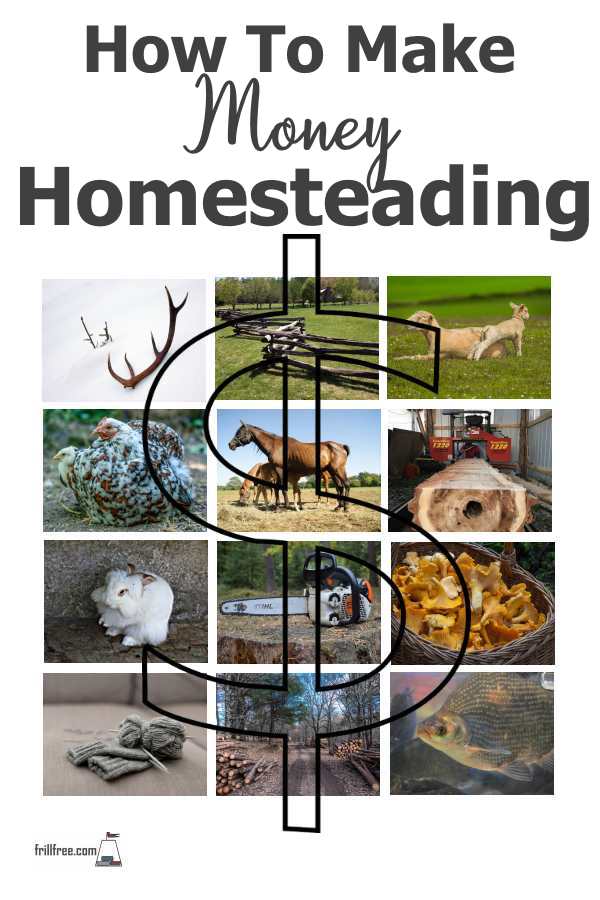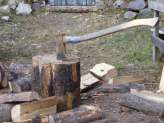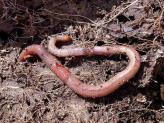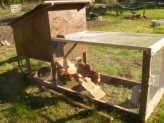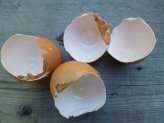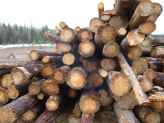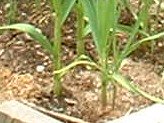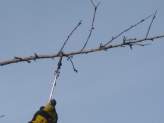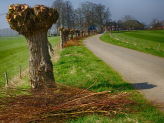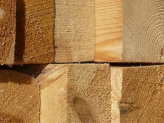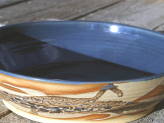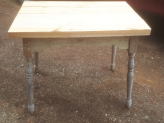- Homesteading
- Make Money Homesteading
How To Make Money Homesteading
Work From Home - Never Leave the Farm
Homesteading is so much fun. You decide what goes where, and how it all goes together. Where the fences get built, which way the house faces.
But then it's all in place, but you've run out of money. Here are a few ways to make a living homesteading so you can afford to live your dream.
When I began homesteading in the Chilcotin, there were lots of options.
I loved horses, so I thought I would be able to make some cash flow with raising foals. If this sounds like you, don't do it! The only thing horses are good for is to make manure, and lots of it.
This ended up being where the money was, in using their copious amounts of manure to make compost, which was in demand for gardens.
I would now go into raising earth worms, to sell. Their favorite food is horse manure, and with the right set up you can not only package and sell the worms for gardeners and fishing, but the castings are great fertilizer and in great demand.
Whatever you choose as a way to make some money on your homesteading venture, be flexible and nimble.
Be able to pivot on a dime, and change your ideas.
Sometimes the ideal money making idea is just around the next bend.
Make Money With Plants
When I worked in a nursery in Langley, B.C. I learned a lot about propagating plants, including saskatoons.
These are a berry producing shrub that is hardy, and very good at providing a nice pie. But, I wouldn't necessarily be a proponent of growing those shrubs or selling the fruit because the weather can be so variable.
What I suggest is learning how to take cuttings and get them rooted, and sell the rooted cuttings as 'liners' which means they're not very big and need to be lined out in a field temporarily to grow a bit more.
Other plants that you could do the same thing with are lilacs and hedging material, such as Peking cotoneaster, junipers, willows and other shelterbelt type plants, fruit bearing shrubs like Haskap berries, Josta berries, Evans sour cherry, SK Mammoth sour cherry and similar.
Hops are becoming popular again, with a resurgence in 'craft breweries' which make custom beer.
Most of this type of plant will root from hardwood or softwood cuttings. A set up of a row tunnel, some sterilized potting soil mixed with sand, a mist system and rooting hormone will get you started. Keep good records!
Support Yourself With Wildcrafting
If your homestead is located in or near a wilderness area, wildcrafting can be lucrative.
Find out what there's a demand for; cones, seeds, antlers, mushrooms and willow or other plants can be a nice little accessory income for you.
Keep in mind the seasonality of wildcrafting; some items are only available at certain times of the year, which could be slotted into the calendar to give you free time to take care of other ventures.
Making knives with bone or antler handles is a good way to get some cash flow going, especially if you get into the Mountain Man market.
There are several well known and other not so famous gatherings where you could sell the things you make.
Raise Fibres and Meat For More Than You Need
Small animals such as Angora rabbits, grown for their very fine fiber, or larger rabbits grown for meat can bring in the cash, especially when used in a permaculture system.
Some farmers put their cages over top of Tilapia fish ponds so their droppings will fall into them. The fish feed on the waste, and the water can be used as fertilizer.
Chickens are a typical first homesteading crop - the eggs are a valuable food source, but if you think further down the line, raising unusual or odd fowl like quail, pheasants or special breeds of chickens will be much in demand, either for the chicks or even just the fertilized eggs.
Heritage breeds are the old fashioned types, raised to be 'dual purpose', a phrase that just means they can give you plenty of eggs, but are good in the pot too when they get too old.
Start with as good a quality birds as you can for breeding. To just produce eggs for eating, the quality isn't as important, as long as they keep producing.
Think of which option you would like to use for a money making venture and purchase birds accordingly;
- Eggs for sale by the dozen for cooking
- Eggs for sale for hatching
- Pullets or a 'breeding pair', one rooster and one hen (this is a good option if you raise your own chicks as you'll always have way more roosters than you ever want or need).
- Day old chicks (you need an incubator for this).
Young lambs, kids or even calves sold when weaned can be a good yearly source of income.
Lumber and Wood Can Be Lucrative
If you have access to woodlands or a forest, you're poised to make money with lumber, operating a small sawmill, or providing firewood to others.
For even less effort, start a mushroom farm with fresh cut logs and some purchased spawn.
Every woodcutting enterprise involves cutting the tree down, or into pieces. A good quality chainsaw is the first investment you'll be making, along with some training. Safety first, always!
On a smaller scale, think about how you could do something seasonal like pruning apple trees. If you're in an area with lots of orchards, late winter into spring is a good time to offer this service.
Got access to willows or other native shrubs? Make baskets, buttons and other crafts - or, sell the plants to other homesteaders, as I mentioned above.
If you have a shed or even a barn to rejig into a studio, you can do crafts like concrete work, or even pottery.
This needs a storage space to keep the materials dry, plus a place for the finished works to cure, and in the case of pottery, a place to fire and glaze them, as well as package the items for shipment.
Want more ideas? See the Homesteading Guide.
And how do I survive on my little homestead? Since 2015 when I became disabled and sold my online plant business, my money comes from writing about homesteading and my other passions, on this website and others. I sold one website recently, through an online broker.
There are so many options, some taking more physical effort or upfront investment than others. You can choose from all these and more, and never have to leave your homestead.
